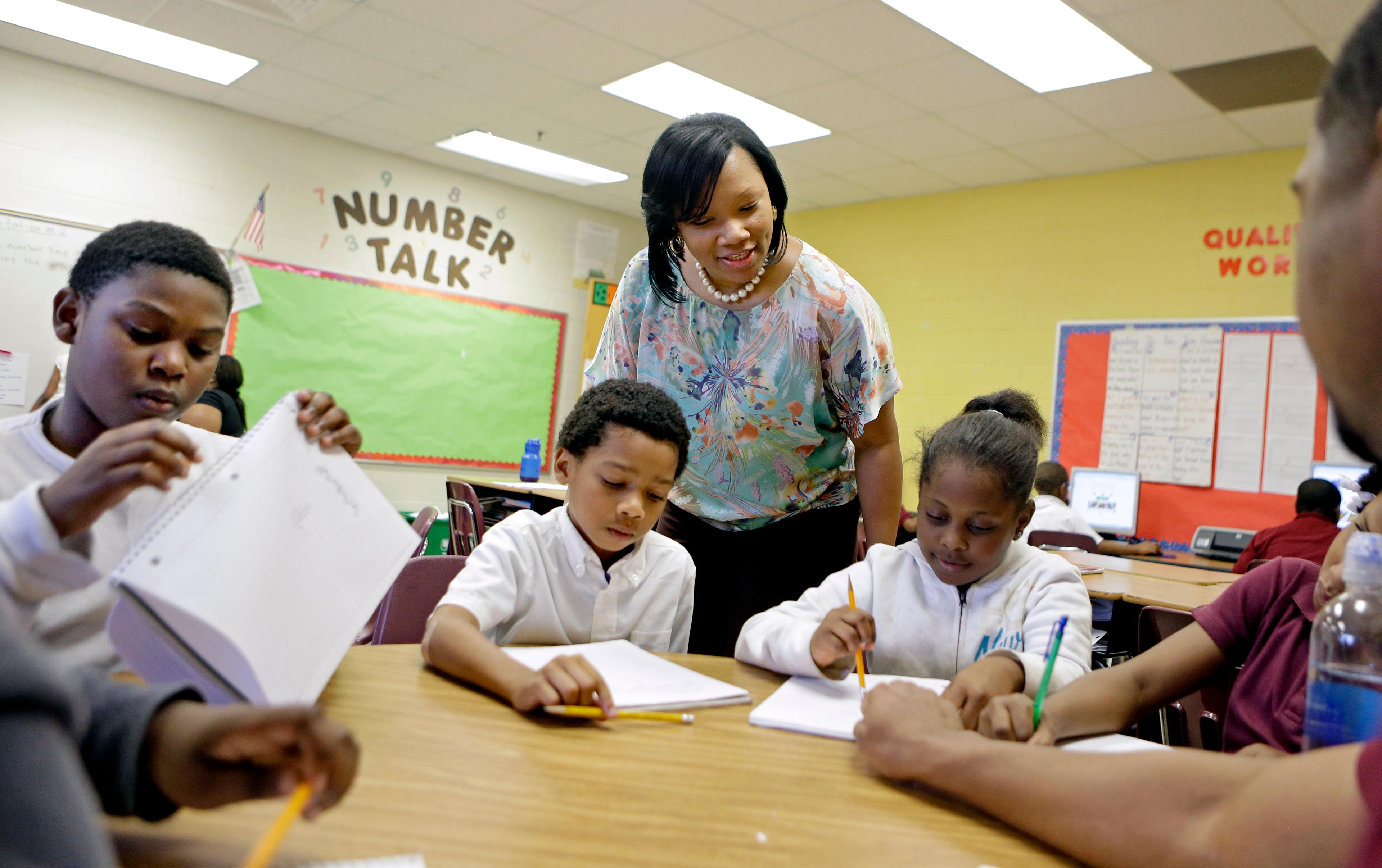
Every year top schools are ranked based on test scores, from U.S. News & World Report to the Colorado Department of Education. But a Colorado think tank has developed what it says is a fairer ranking system to recognize schools having success at closing the “opportunity gap.”
That term reflects different opportunities affluent and poor students have outside of school that help perpetuate an achievement gap in school.
“These narrow recognitions, I believe, leave out deserving schools, particularly those serving less-advantaged communities,” says Kevin Welner, who directs the University of Colorado's National Education Policy Center. “These outcome-based rankings fail to recognize those schools that go above and beyond to close opportunity gaps.”
Beyond testing
The CU professor says schools can make decisions that either widen or close the opportunity gap. The center’s Schools of Opportunity project will recognize schools that are excellent because they engage in research-based practices that focus on closing gaps in opportunity, regardless of the students they serve. Welner says his team hopes to bring attention to what good schooling looks like by showing alternative ways to determine school performance.
“Our message is schools can be recognized as institutions existing within a larger system that might be inequitable or unequal but still doing great work,” he says.
Welner says very high test scores are desirable and strong evidence shows that factors like teacher quality can affect test scores. But he says out-of-school factors, mainly tied to poverty, account for about twice as much as inside school factors in influencing test scores.
Research shows high scores mostly likely arise from a school’s ability to enroll students who have plentiful opportunities to learn outside of school.
“A school’s true quality, therefore, can really only be truly appreciated if we look beyond the narrow test score focus,” he says.
Colorado in pilot project
In the project’s pilot year, researchers are seeking nominations from public high schools in two states: Colorado and New York. Schools have until Dec. 1 to apply.
Some of the criteria for schools that apply include whether the school has eliminated tracking based on "ability grouping," whether it has longer, quality learning time including summer learning, and whether schools are emotionally and physically safe.
Another criterion is whether the school practices approaches like restorative justice, where two students involved in a fight, for example, reconcile about the incident with a trained mediator rather than being suspended.
Welner says there are incidents that do require suspension or police involvement. But he says discipline should be understood on a continuum.
He says the project is not looking for schools that have lowered their suspensions by a certain number.
“What we are saying is there is a grey area there and have you brought in practices for the school, for the students that are designed to take the smaller incidents, the less serious incidents and address them in a way that students are welcomed into the school culture and helped to engage in more positive behaviors,” he says.
Expert evaluators will get to know schools through interviews and visits.
Schools will be judged based on documented success on 11 specific principles that are detailed in the book, Closing the Opportunity Gap.
• Create and Maintain Healthy School Culture
• Broaden and Enrich School Curriculum
• Provide More and Better Learning Time during the School Year and Summer
• End Disparities in Learning Opportunities Created by Tracking and Ability Grouping
• Use a Variety of Assessments Designed to Respond to Student Needs
• Reassess Student Discipline Policies
• Support Teachers as Professionals
• Provide Adequate Resources for Safe and Well-Maintained School Environments
• Address Key Health Issues
• Build on the Strengths of Language Minority Students and Correctly Identify their Needs
• Expand Access to Libraries and the Internet, While Using Technology Wisely








